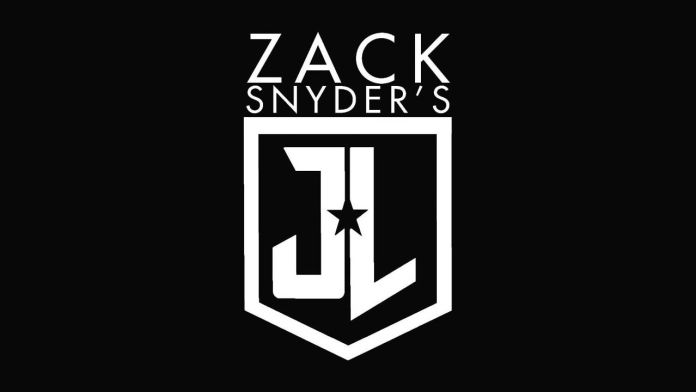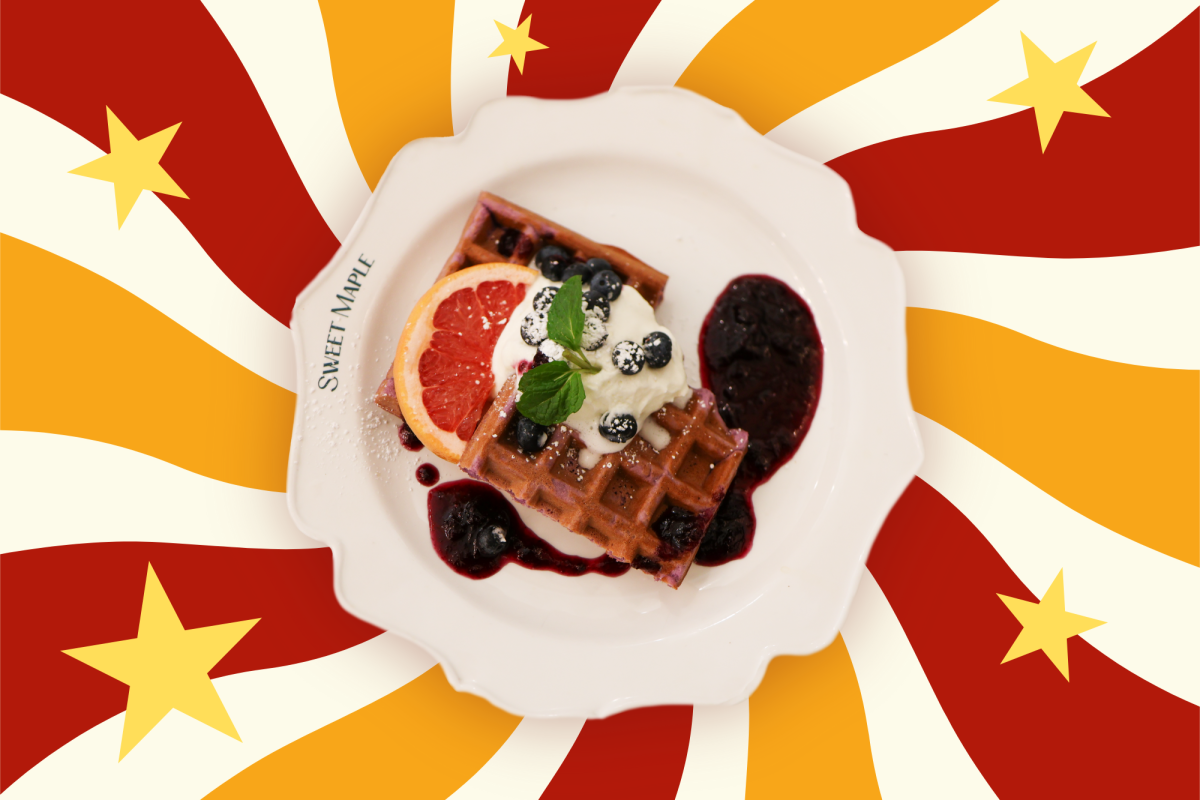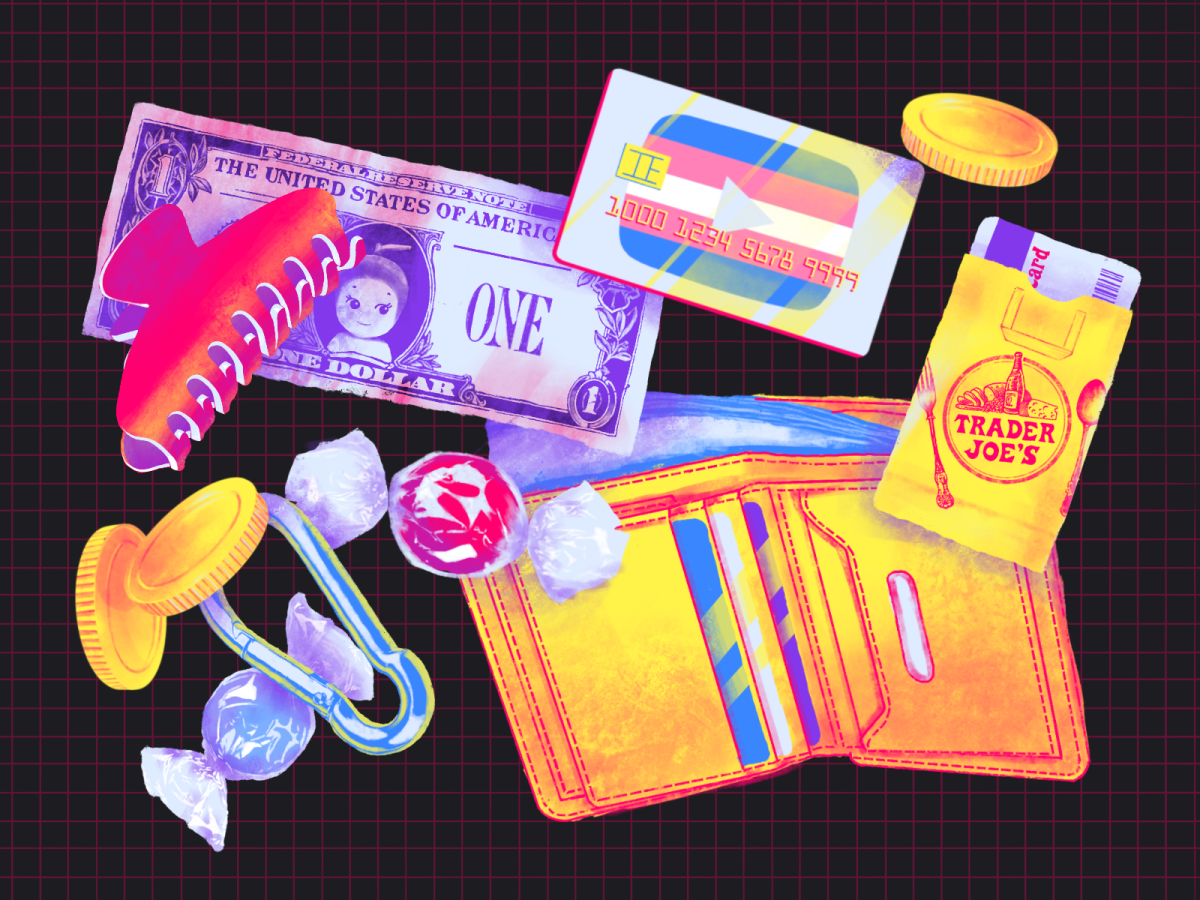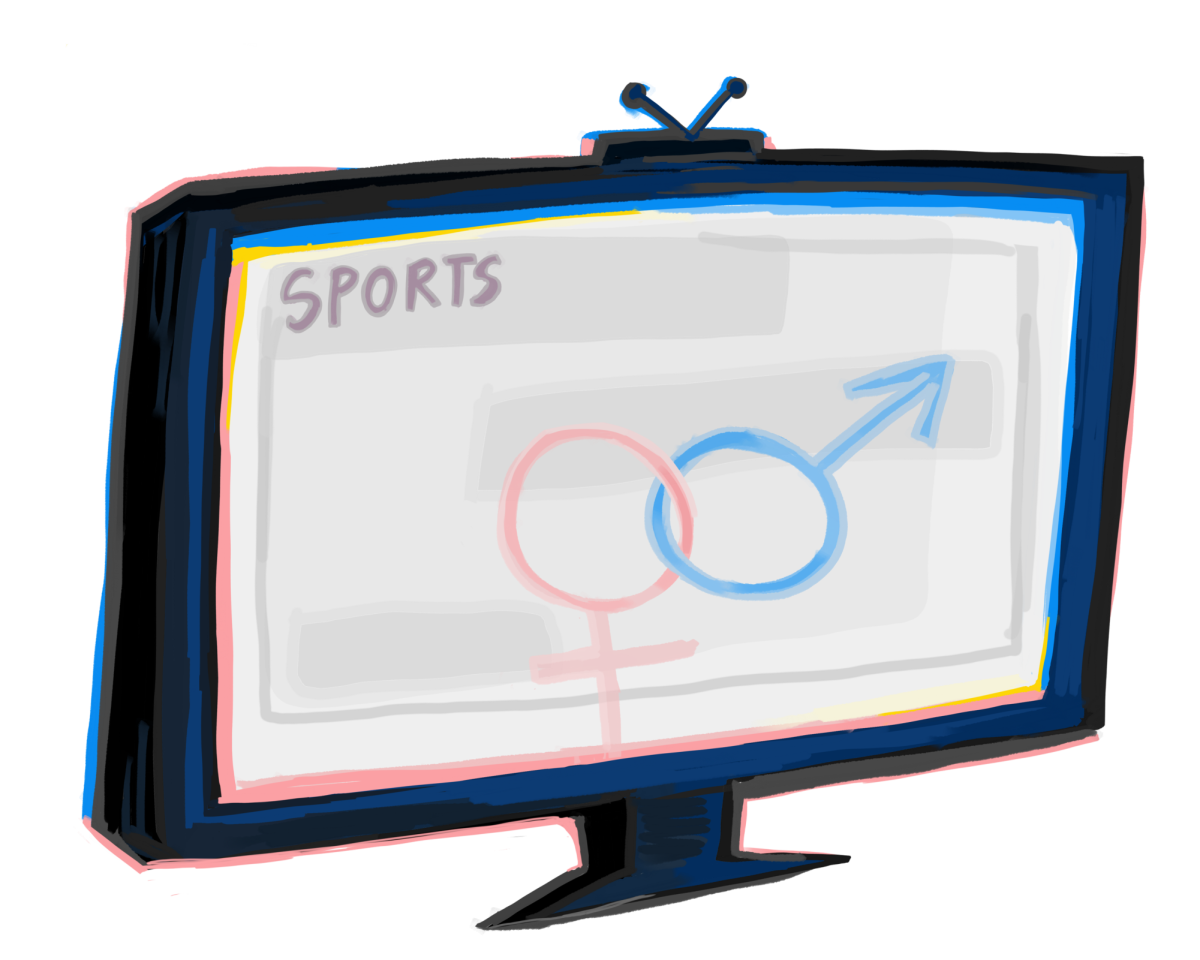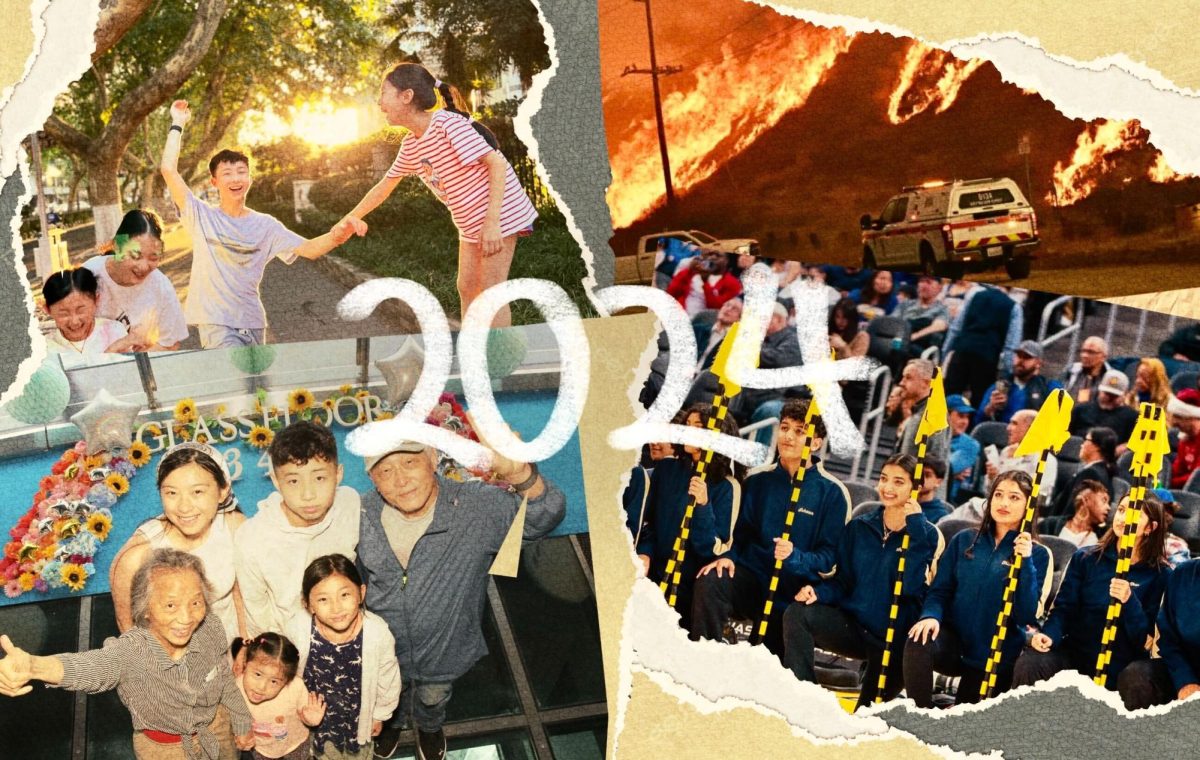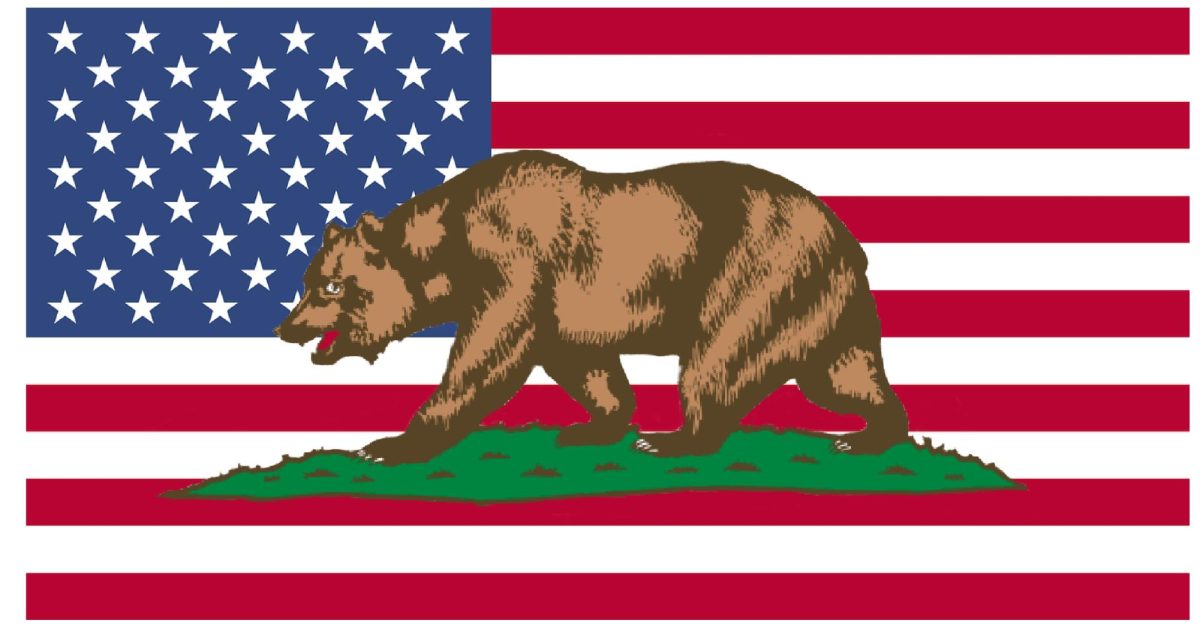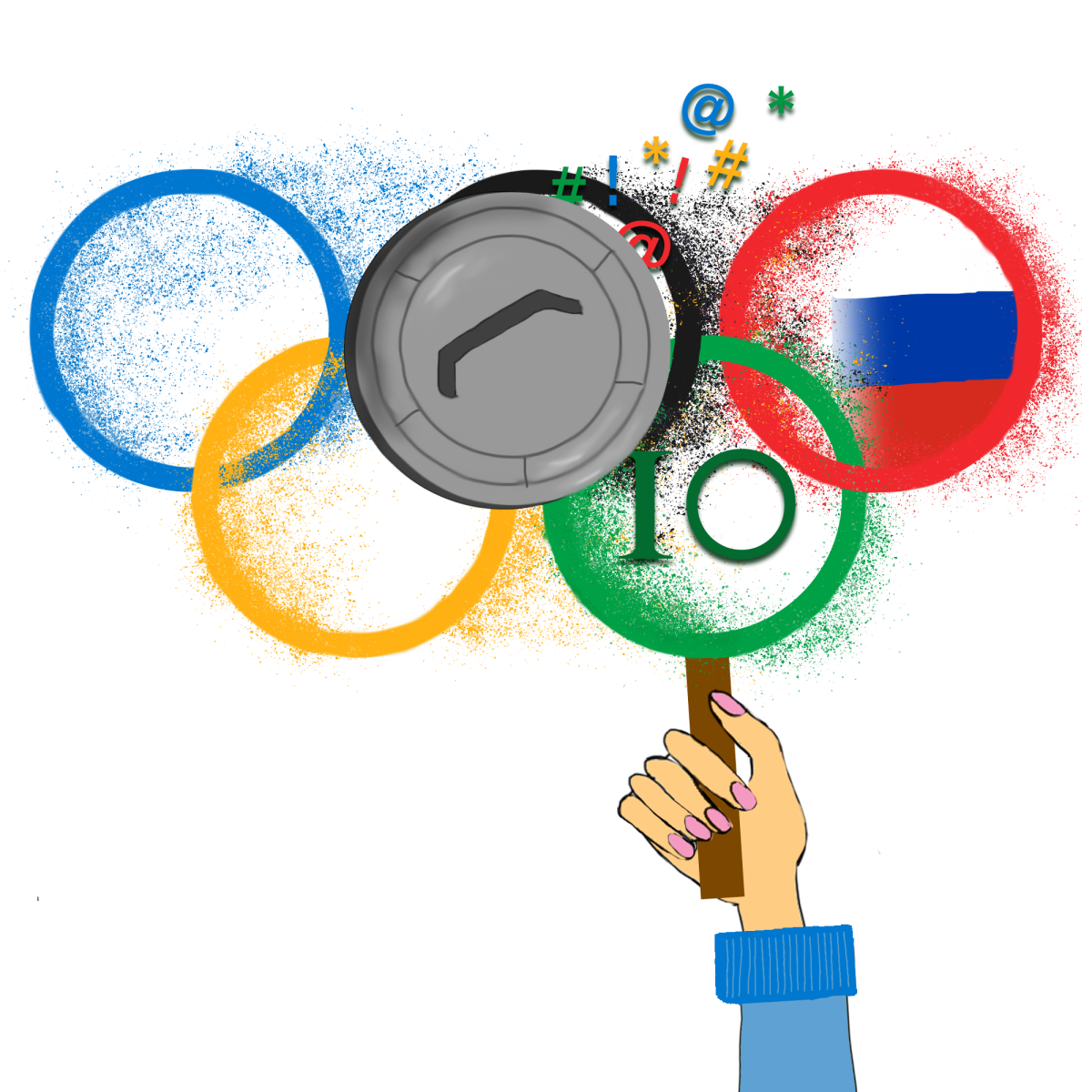Zack Snyder’s ‘Justice League’ is a thrilling redemption
The second iteration proves itself worthy of its four hour runtime
The official release logo for Zack Snyder’s “Justice League”, released on March 18, 2021
March 22, 2021
“I have a second chance, Lois. I am not gonna waste it.”
-Clark Kent, “Superman”
Loosely based on the comic series with the same name, “Justice League,” directed by Zack Snyder was released on March 18, 2021. It’s a story about our beloved DC superheroes uniting to fight against a formidable enemy. Following the death of Superman (played by actor Henry Cavil), Bruce Wayne (played by actor Ben Affleck) attempts to assemble a team of heroes to aid him in the fight against Steppenwolf (played by Ciarán Hinds), an extraterrestrial warlord aiming to destroy 50,000 worlds to repay a debt to his master, the godlike Darkseid (played by Ray Porter).
Following the tragic suicide of his daughter in May of 2017, Snyder chose to step away from the movie, after directing a whole four to six hours of an unedited product. Subsequently, the Warner Brothers production company and owners of the DC Extended Universe (DCEU), quickly appointed director Joss Whedon to complete the movie. After multiple reshoots and edits, the 2017 edition of “Justice League” was released, a botched and mediocre interpretation of Snyder’s vision. The movie bombed at the box office, making $650 million compared to the breaking even point of $750 million , and prompted fans to rally for Warner Brothers to release the “Snyder Cut” — a supposedly new version of the movie that was purely directed by Snyder.
Three years later, following a campaign by the actors and Snyder himself, has led to the release of Snyder’s original vision for the movie — and it is infinitely better than the 2017 release in almost every single aspect, including the action, character development, emotional weight and visuals. Adding another $70 million to the $300 million dollar budget, the movie was finally released on March 18, 2021, in a 4:3 IMAX aspect ratio and sporting a run time of four hours.
Snyder’s “Justice League” is truly the dictionary definition of a comic book movie, from the action scenes to the expository dialogue of its dense and rich lore explaining every detail in epic fashion. Everything about this movie is huge, from the grand scale of its story and out-of-this-world presentation to its run time. While this may disconnect few from the story — as most of our heroes seem like one dimensional characters aiming for good — the movie still adds realism through the conflicting motivations between heroes, especially in the beginning of the story, where they interact with each other for the first time.
The biggest improvement between the two movies is the character development of our heroes, especially of Cyborg (Ray Fisher) and the Flash (Ezra Miller), who have over an hour dedicated to their respective character arcs in the new movie, with Cyborg having more of an emphasis on his origin story as well as his relationship with his father while Flash gets more scenes trying to find a job and saving people in need. From beginning to end, the two characters seem the most likable, and bring the most important emotional weight to the story. This development also interlaces perfectly with the ending of the movie. Some of the more breathtaking moments in the movie come from the Flash and Cyborg coming to terms with their own demons, and overcoming their self doubt from issues with their fathers. However, there remains a feeling of missed opportunities in not giving both characters solo movies, where their personal stories could be more fleshed out than they are in “Justice League.”
The thematic elements of the story are significantly different from the previous version — Snyder’s cut brings more of an emotional impact with its darker and more introspective tone, especially portrayed through how characters like Lois Lane (played by Amy Adams) and Batman deal with Superman’s death from the last movie. Most importantly, unlike the previous iteration, it prioritizes characterization over comic relief. This is demonstrated through the villain Steppenwolf, who actually has his own motivations and fears unlike the strangely humanoid CGI mess in the 2017 cut.
Visually, the movie reflects much of the storytelling in its darker settings and character design. Super suits are noticeably darker and more worn out, and the final battle sequence of the movie is edited to look more “night-like,” with the colors being black and muted shades of other colors, rather than the sharp red-orange highlights surrounding clouds in the 2017 theatrical release. Steppenwolf also has a new menacing look, branding a new imposing silver scaled armor with a less human and more monstrous appearance.
The action in the movie is absolutely breathtaking — the R-rating definitely gives this movie the brutality and impact the 2017 so desperately lacked. The final battle is more methodical and harsh, especially shown through the slower, more aggressive weapon movements and effects that come from Steppenwolf’s axe. Heroes play off each others’ abilities, like the Flash and Cyborg collectively saving civilians from falling rocks. Ground slams reverberate in earthquakes; punches feel heavier, weapon blows are bloody and fast. One notable scene at the climax of the movie involving the Flash is genuinely one of the most visually extraordinary scenes, with bright colors, beautiful use of slow motion, and amazing effects, supplemented further by it being an important character revelation as a cherry on top. The execution of this scene showcases Zack Snyder’s prowess in visual effects, and makes the conclusion of this movie hold much more emotional weight and impact.
However, under the other aforementioned aspects of the movie, the music is not much of an improvement. In fact, it takes away from much of the movie’s hard earned emotional weight by inserting comically repetitive nods to the character’s musical themes. One that comes immediately to mind is the “Amazonian Chant” theme, which continuously showcases a woman’s tribal voice every time Wonder Woman (Gal Gadot) does any important action in the movie. Another flaw is the excessive use of slow motion effects, because while they are visually appealing, their repetition in every action scene reduces the impact.
All of the positive features of “Justice League” culminate to make the movie truly feel like an epic, and the interlocking stories and surprisingly fast pace never make the movie a drag. Rather, it tells a compelling story about the importance of a second chance. Snyder’s cut of the “Justice League” shows fans that while the movie is still flawed, it still has a heart of passion behind it.


